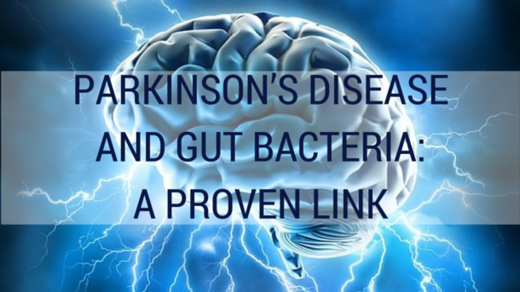The latest research into the link between germs and mental illness -- and what we all need to know.

In the early 20th century, if you displayed symptoms of mental illness a doctor might have searched you for signs of infection, and then removed the teeth, tonsils or other body part that was the suspected culprit. Treatment has evolved a great deal since then, but the idea that infection could play a significant role in some mental illness is making a comeback. A number of experts say ten to fifteen percent of conditions – from schizophrenia to bipolar disorder – could be caused by infection. But many others warn too much remains unknown to dramatically change our thinking about treatment. We explore the link between germs and our mental health.
Guests
- Dr. Robert Yolken director, Stanley Laboratory of Developmental Neurovirology; professor of pediatrics, Johns Hopkins School of Medicine
- Harriet Washington medical ethicist and writer; author of the new book "Infectious Madness: The Surprising Science of How We 'Catch' Mental Illness", and of 2007's "Medical Apartheid", winner of the National Book Critics Circle Award; Shearing fellow at the University of Nevada's Black Mountain Institute; former Research Fellow in Medical Ethics at Harvard Medical School
- Dr. James Giordano Professor of Neurology; Chief, Neuroethics Studies Program at Georgetown University Medical Center














